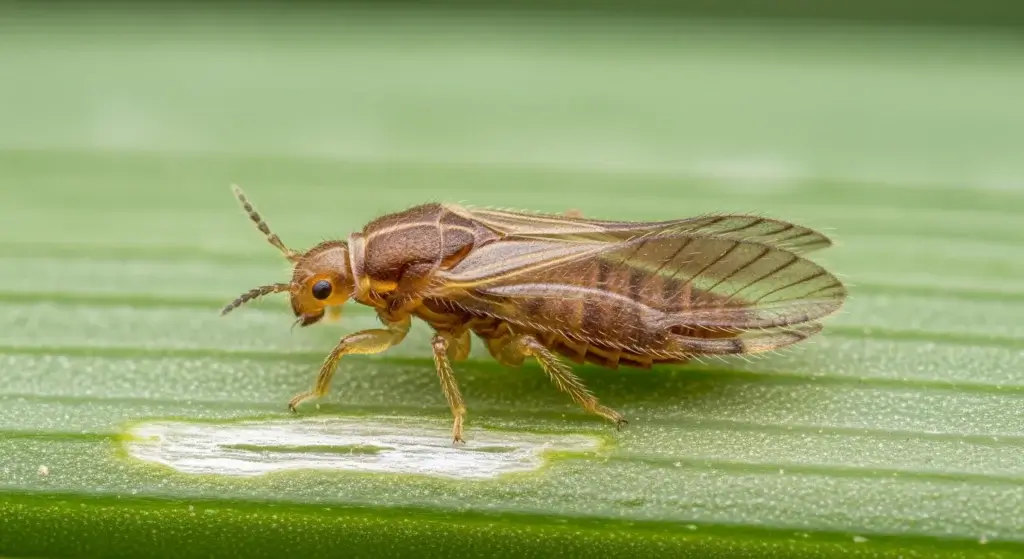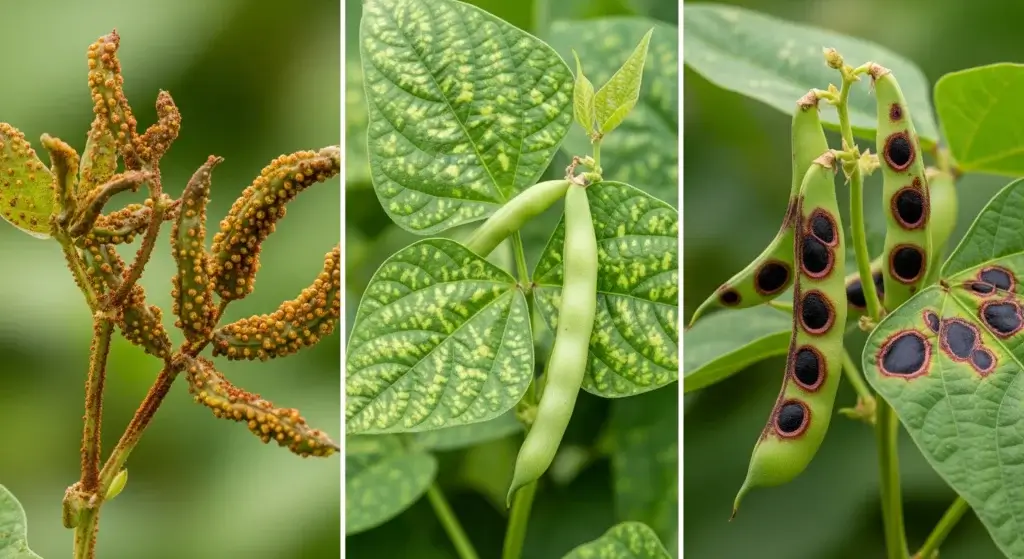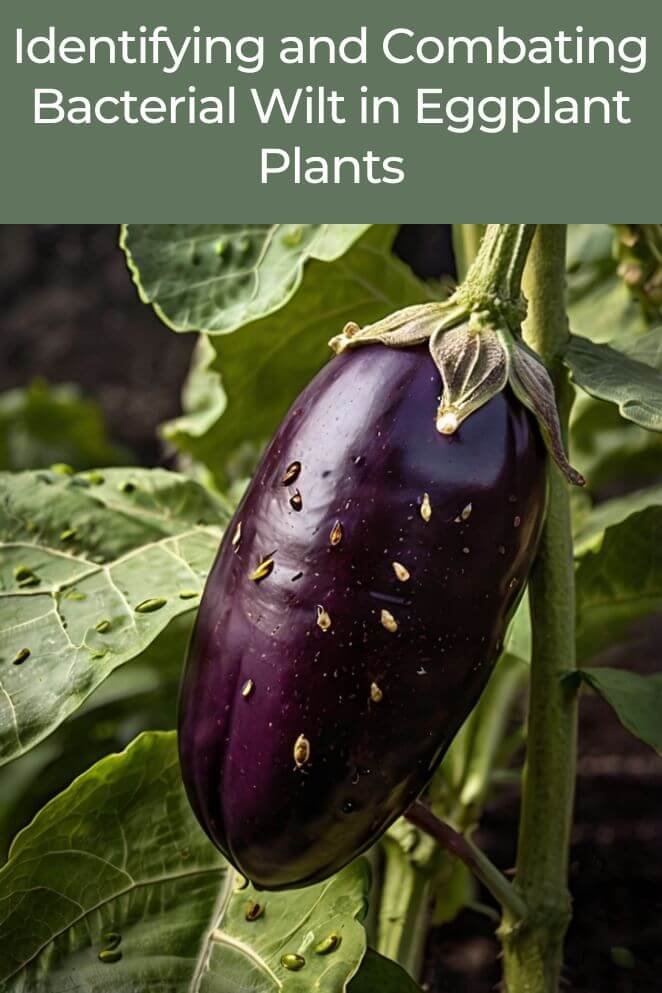
Eggplants, with their glossy purple skins and versatile culinary uses, are a favorite in many gardens.
However, they are susceptible to bacterial wilt, a serious disease that can devastate plants if not managed properly.
In this guide, we’ll explore the signs and symptoms of bacterial wilt in eggplant, its impact on plants, effective prevention methods, and more.
By understanding and implementing preventive measures, you can protect your eggplants and ensure a healthy harvest.
Signs and Symptoms of Bacterial Wilt in Eggplant
Bacterial wilt is a serious disease that affects eggplant plants, caused by the bacterium Ralstonia solanacearum.
Here are the key signs and symptoms to watch out for:
Yellowing or wilting leaves
One of the earliest signs of bacterial wilt in eggplant is the yellowing and wilting of leaves.
This occurs because the bacteria block the plant’s vascular system, which is responsible for transporting water and nutrients.
As a result, affected leaves lose their turgor (rigidity) and begin to droop, ultimately turning yellow before wilting completely.
- Read also: Save Your Eggplant! Tips on Dealing With Whiteflies on Eggplant
- Read also: Beat the Blight: Identifying Fungal Diseases of Eggplant
Stem and leaf necrosis
As the disease progresses, you may notice dark, necrotic lesions developing on the stems and leaves of the eggplant.
These lesions disrupt the plant’s ability to transport water and nutrients effectively, leading to tissue death.
Necrosis can spread quickly throughout the plant, causing affected areas to become dry, brittle, and eventually die off.
Reduced Growth
Bacterial wilt severely impacts the overall growth of eggplant plants.
Infected plants often exhibit stunted growth, with smaller leaves and fewer flowers.
This reduction in growth can directly affect fruit development, resulting in smaller and fewer eggplants compared to healthy plants.
Fruit rot
In severe cases of bacterial wilt, the disease can progress to affect the fruit directly.
Infected eggplants may develop soft, water-soaked areas that quickly turn brown and rot.
Fruit rot not only affects the current crop but can also lead to the loss of the entire harvest if left unchecked.
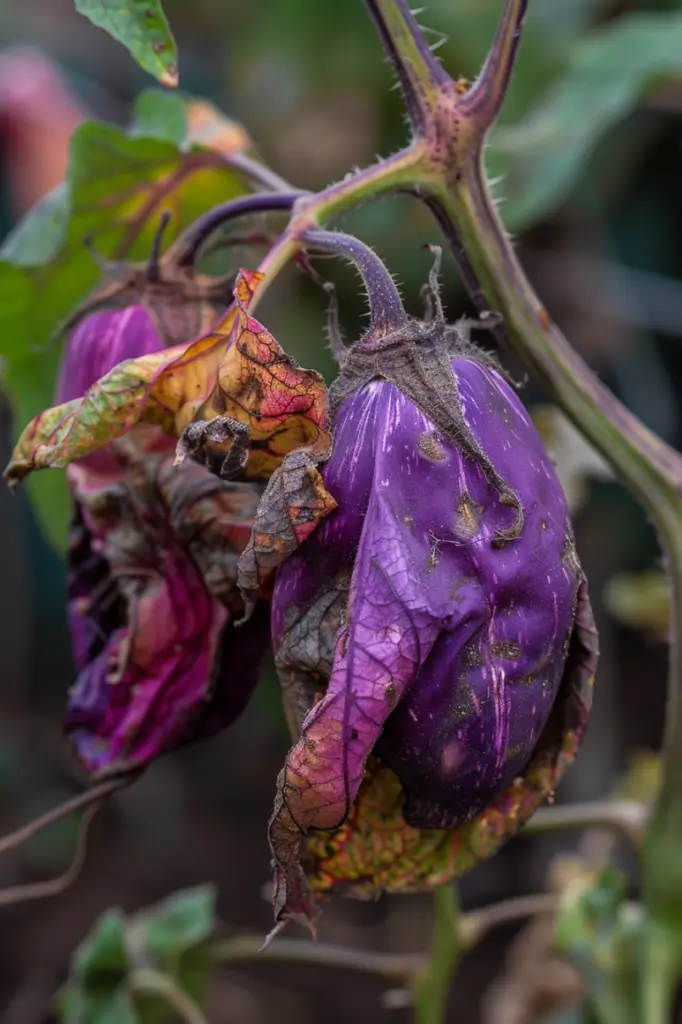
Impact of Bacterial Wilt in Eggplant
Bacterial wilt poses significant challenges to eggplant cultivation, affecting both farmers and the environment in various ways.
Economic impact
Bacterial wilt can devastate eggplant crops, resulting in reduced yields and financial losses for farmers.
Infected plants often produce fewer and smaller fruits, leading to decreased productivity.
Farmers may incur additional costs for disease management, such as purchasing pesticides or replanting new crops.
Ultimately, lower yields translate to reduced profits and financial strain on farmers relying on eggplant as a source of income.
Environmental impact
The environmental impact of bacterial wilt includes the potential increase in pesticide use.
Farmers may resort to chemical treatments to control the spread of the disease, which can have adverse effects on soil health, water quality, and non-target organisms.
Excessive pesticide use may also contribute to pesticide resistance in pests and environmental pollution.
Food safety
Bacterial wilt not only affects crop yield but also poses concerns for food safety.
Infected eggplants can become more susceptible to secondary infections by other pathogens.
This can lead to the growth of harmful bacteria or fungi on the produce, potentially compromising food safety standards.
Proper handling and sanitation practices, including timely harvesting and post-harvest treatments, are crucial to reduce the risk of contamination and ensure the safety of eggplant for consumers.
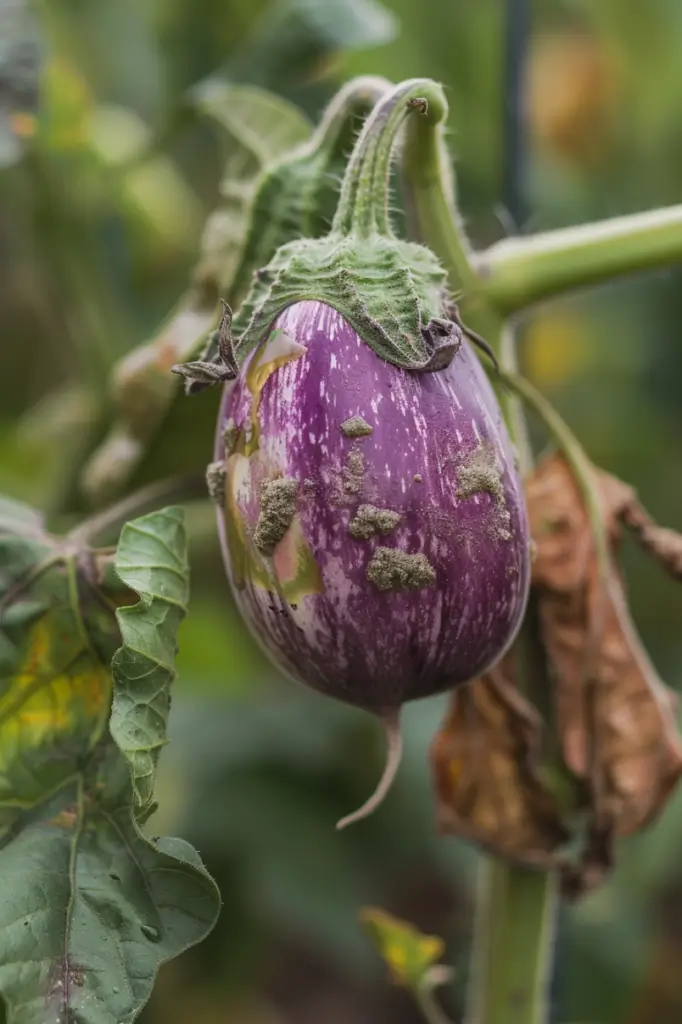
How to Prevent Bacterial Wilt in Eggplant
Bacterial wilt can be devastating to eggplant crops. Prevention strategies focus on reducing the presence and spread of the bacteria in the soil and plants.
Here are effective methods to prevent bacterial wilt in eggplant:
Crop rotation
Crop rotation is a fundamental practice where different crops are planted in succession on the same land.
This helps break the life cycle of pathogens like Ralstonia solanacearum by depriving them of their preferred host plants.
Rotating eggplants with non-solanaceous crops (plants not related to tomatoes, peppers, or potatoes) can significantly reduce the buildup of bacteria in the soil over time.
Soil management
Maintaining healthy soil is essential for preventing bacterial wilt.
Ensure proper soil pH and nutrient levels suitable for eggplant growth.
Well-draining soil is crucial, as Ralstonia solanacearum thrives in waterlogged conditions.
Incorporate organic matter like compost into the soil to improve its structure and fertility, which supports healthier plants more resistant to diseases.
Water management
Proper water management helps prevent bacterial wilt by maintaining optimal soil moisture levels.
Avoid overwatering, as soggy soil encourages the growth and spread of pathogens.
Ensure that the soil has good drainage to prevent water from pooling around the roots of eggplant plants, which can create conditions favorable for bacterial wilt.
Pest management
Effective pest management is crucial for preventing the spread of bacterial wilt.
Some insects, like cucumber beetles, can carry and transmit Ralstonia solanacearum to eggplant plants.
Use integrated pest management (IPM) strategies to monitor and control pests effectively.
This may include using physical barriers, insect traps, or natural predators to minimize pest populations without relying heavily on chemical pesticides.
Resistant varieties
Planting resistant varieties of eggplant is another proactive measure against bacterial wilt.
Resistant varieties have been bred to withstand infections from Ralstonia solanacearum better than susceptible varieties.
Check with local agricultural extension services or nurseries for eggplant varieties known for their resistance to bacterial wilt in your region.
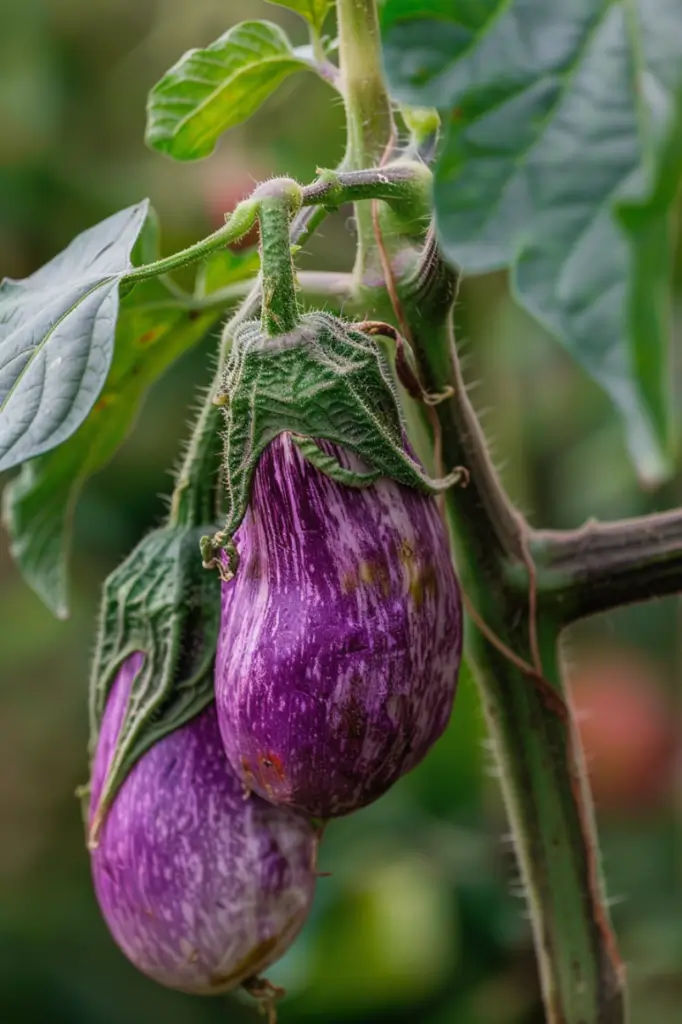
- Read also: A Comprehensive Guide: Controlling Bacterial Spot on Tomatoes
- Read also: Bacterial Wilt of Cucumber: Essential Tips For Every Gardeners
Conclusion
Bacterial wilt is a significant challenge for eggplant farmers, but it can be prevented and managed through proper crop management practices.
By understanding the signs and symptoms of the disease, farmers can take steps to prevent it and ensure a healthy and productive crop.


